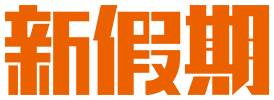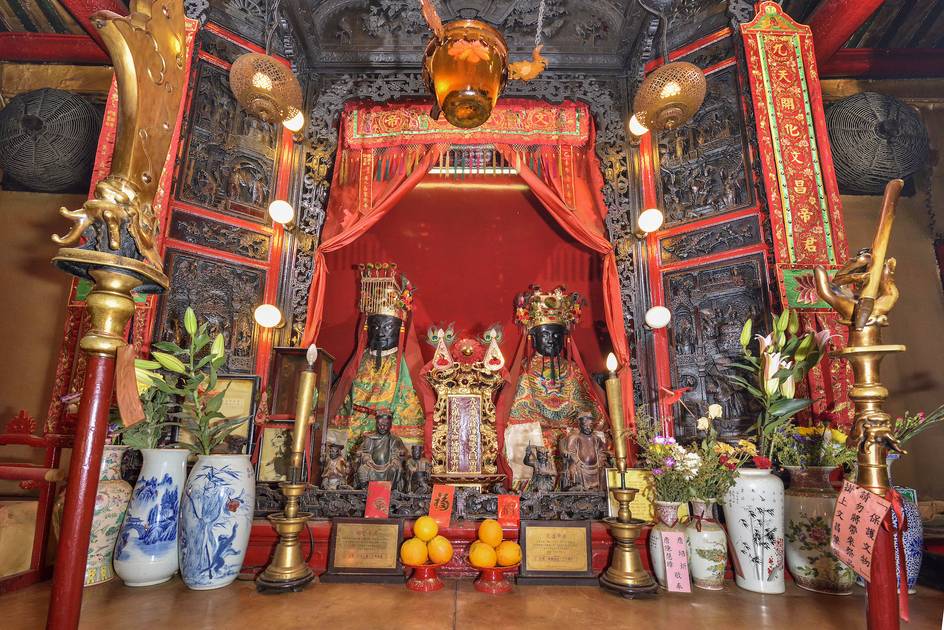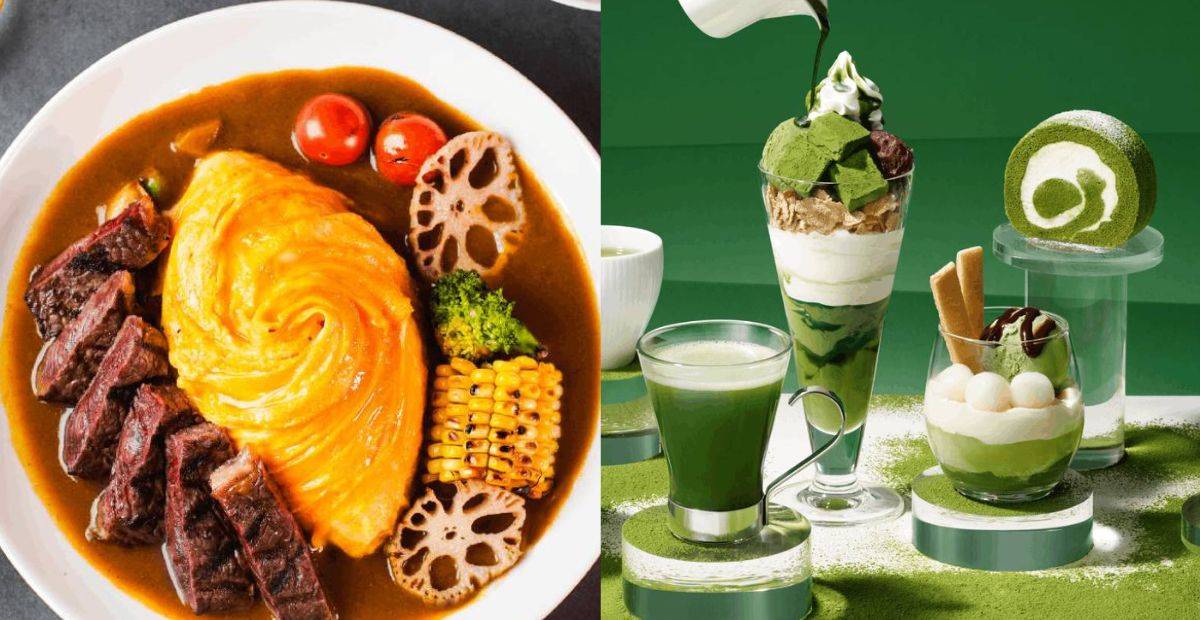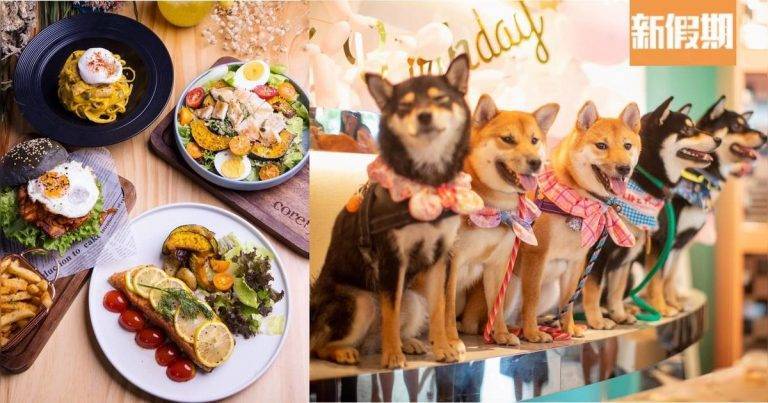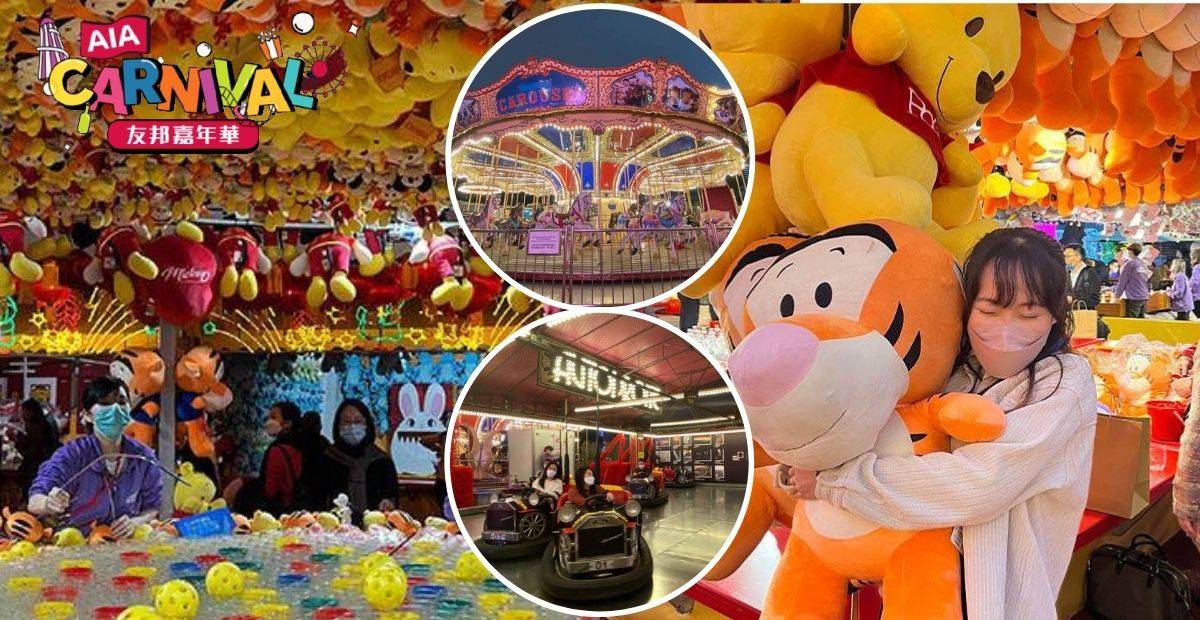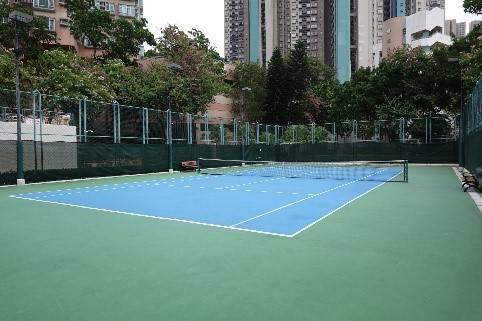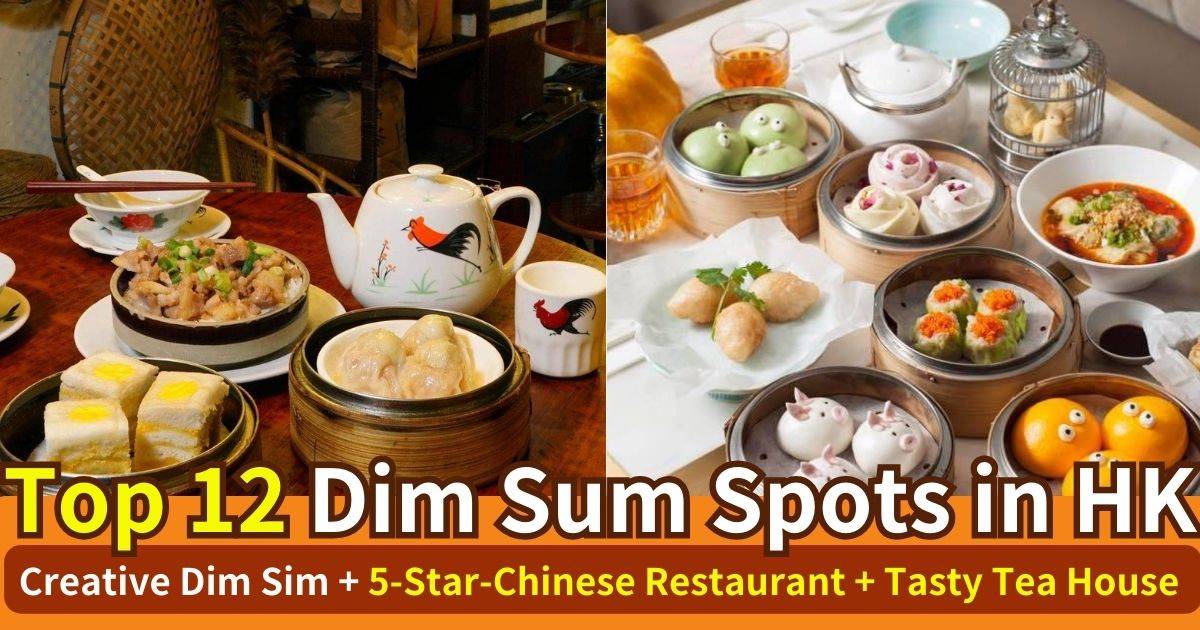Man Cheong Festival: Birthday of God of Literature in Hong Kong
Man Cheong (God of Literature) Festival
Man Cheong Festival| Areas
Man Cheong Festival| Era
Man Cheong Festival| Date
Man Cheong Festival| Historical evolution
Man Cheong Festival| Events
Man Cheong Festival| Areas
Central and Western District
Man Cheong Festival| Era
Qing dynasty to mid-19th century
Man Cheong Festival| Date
The 3rdday of the second lunar month
Man Cheong Festival| Historical evolution
Man Cheong, the God of Literature and Academic Success, is responsible for governing literary fortune and career success. Originally, the term “Man Cheong Shing” referred to the six stars within the Man Cheong Palace: Shang Jiang (Supreme General), Ci Jiang (Second General), Gui Xiang (Noble Appearance), Si Zhong (Minister of Education), Si Ming (Minister of Destiny), and Si Lu (Minister of Salary). Among these stars, Si Lu is in charge of academic achievements and is considered as the representative star. Over time, the Man Cheong Palace gradually became revered as a place associated with academic success.
The ancient temple dedicated to Emperor Man Cheong located in Tai Hang Village in Tai Po is believed to be one of Hong Kong’s few temples solely devoted to worshiping Man Cheong as its main deity. Most temples simultaneously honor bothMan Cheong and Wu Di (Gods of War) such as Man Mo Temple on Hollywood Road in Sheung Wan district or Tai Po Dual Deity Temple along with Mui Wo Dual Deity Temple. The Sheung Wan Man Mo Temple was completed between 1847-1862 which demonstrates that belief in Man Cheong has a long history in Hong Kong.
On significant occasions like Man Cheong Festival, start of a new school year or examinations days; many devotees visit temples dedicated to worshiping Man Cheong to pray for academic progress and career success, either for themselves or their children. Among these temples, the celebration of Man Cheong’s birthday held at Sheung Wan Man Mo Temple is particularly well-known.
Man Cheong Festival| Events
On the third day of the lunar calendar, there are flower plaques outside the temple to celebrate Man Cheong festival. Inside the temple, incense and various prayer items are sold, mainly stationery and ribbons. Devotees come to pray to Man Cheong and some buy prayer ribbons with their names and wishes written on them, which they hang on a wooden rack in the temple. Most devotees touch the copper pen in front of Man Cheong’s statue hoping for blessings.
Using the example of 2010’s celebration at Man Cheong Temple in Sheung Wan, there were many offerings such as incense, candles, and various sacred items placed before Man Cheong’s altar for burning. Some devotees returned red envelopes to Man Cheong while others took them home for their children as protection. In addition to common offerings like fruits and pastries, there were also onions and celery symbolizing intelligence and diligence. Some offerings were prepared in sets of six representing endless abundance. These offerings would be taken home after worshiping to share with family members.
Some devotees worship Man Cheong in different ways. Elderly women refer to their grandchildren as “flower boys” or “flower girls” while stating their birth year, praying for academic progress. Other devotees bring stationery, books, fans, handbooks, red paper strips or academic transcripts which they take back after worshiping as a way to seek smooth writing skills and success in studies.

